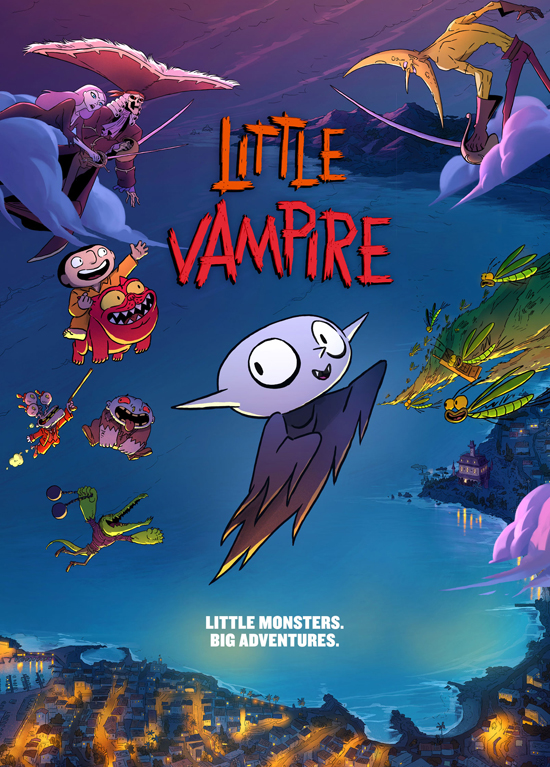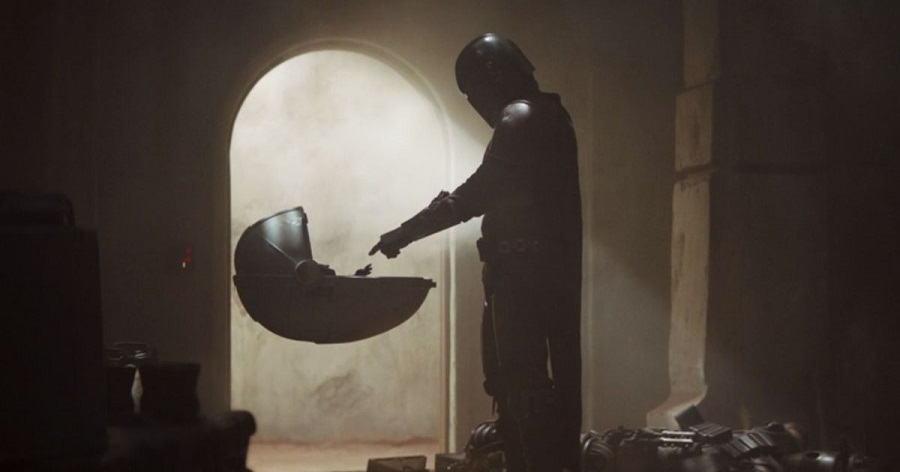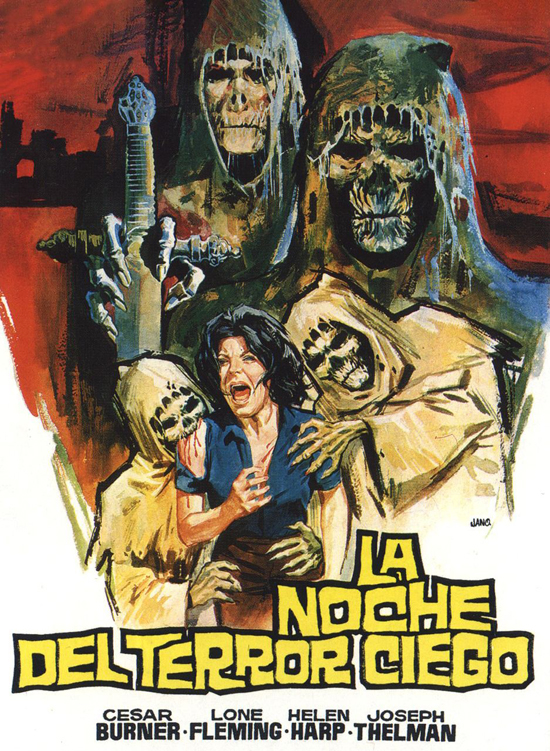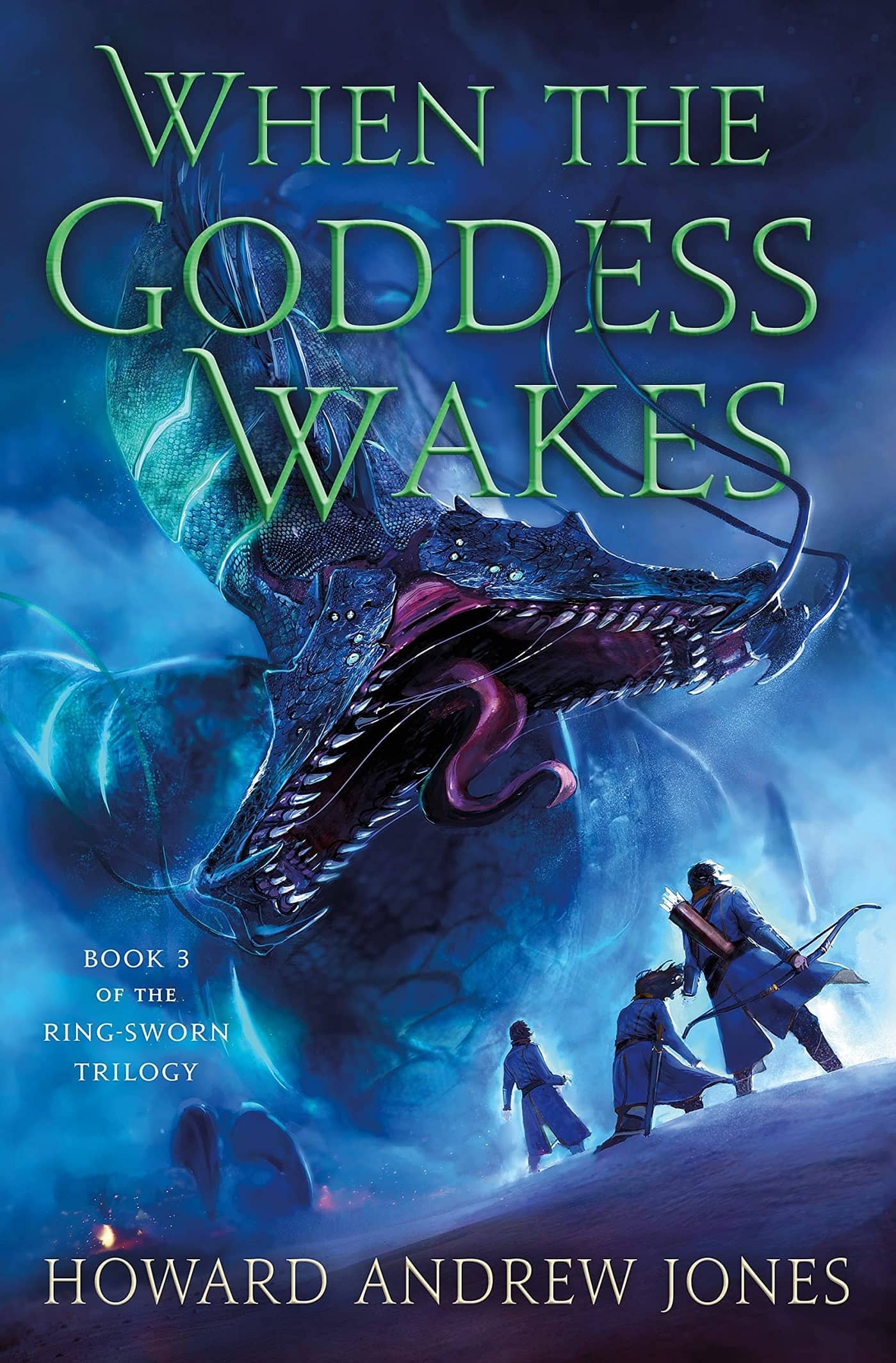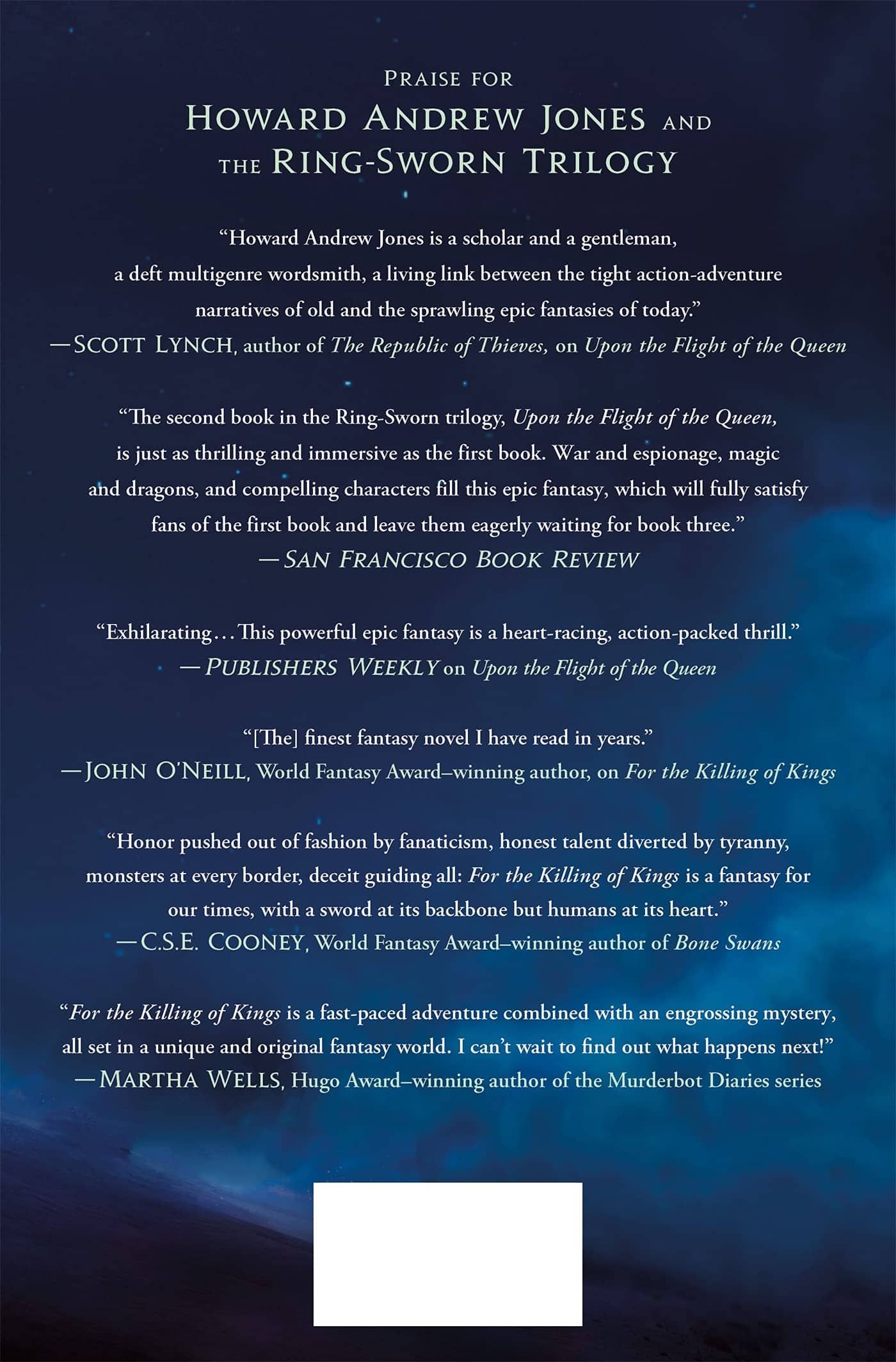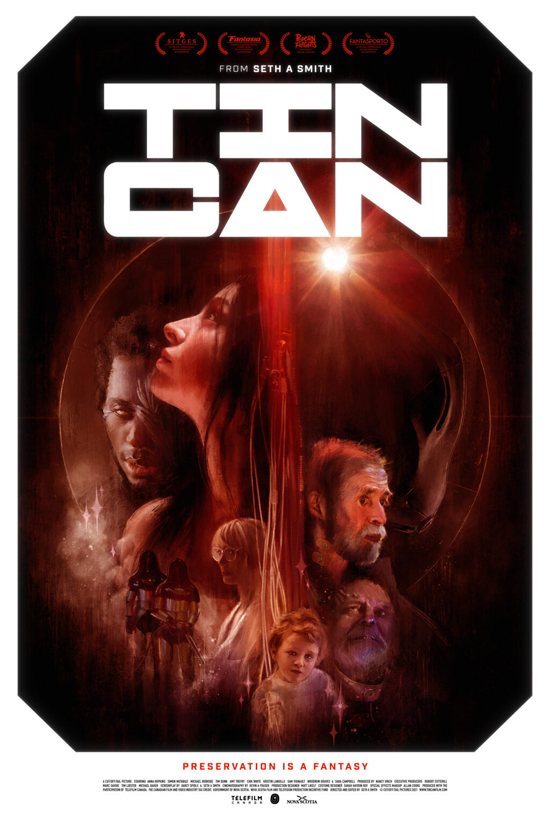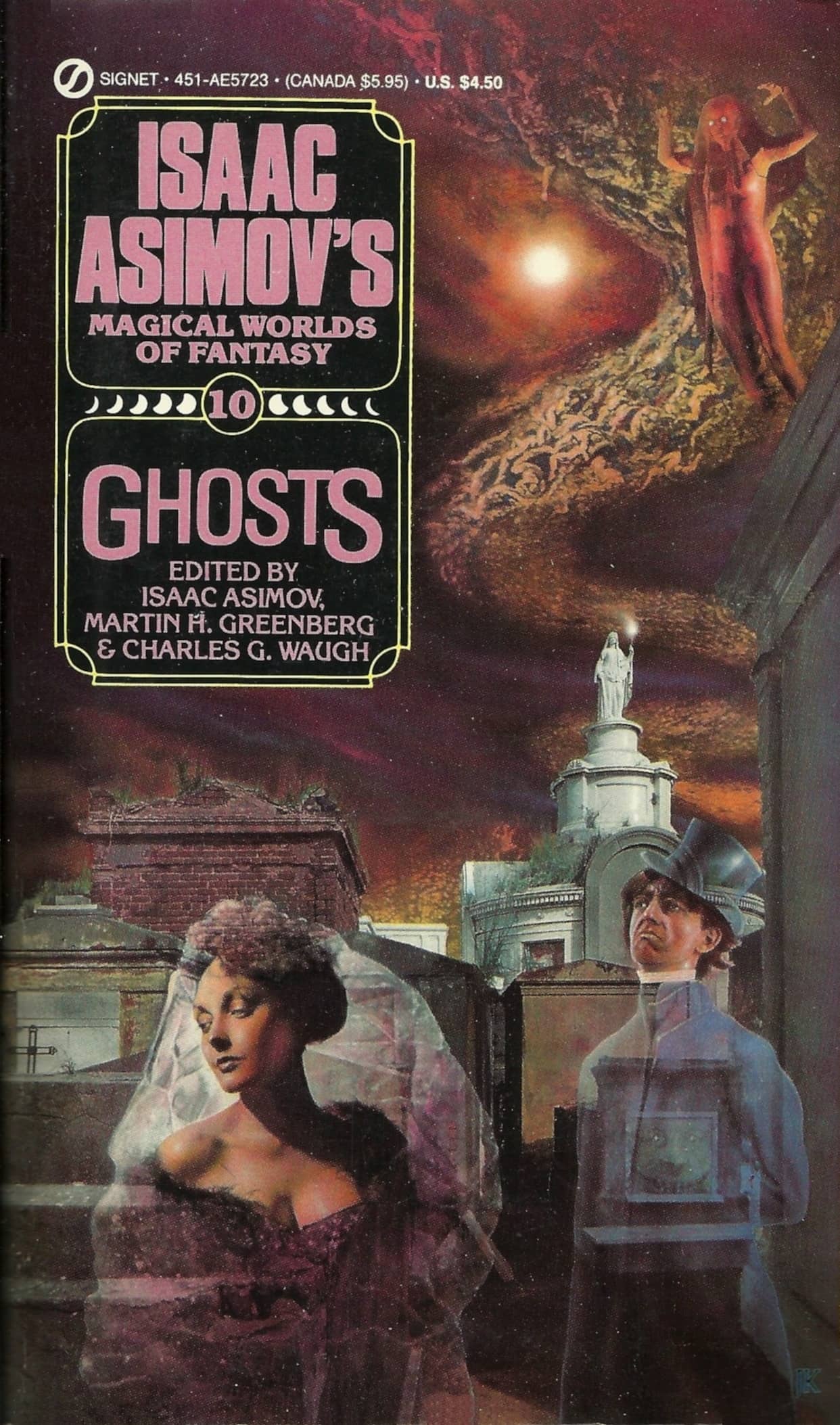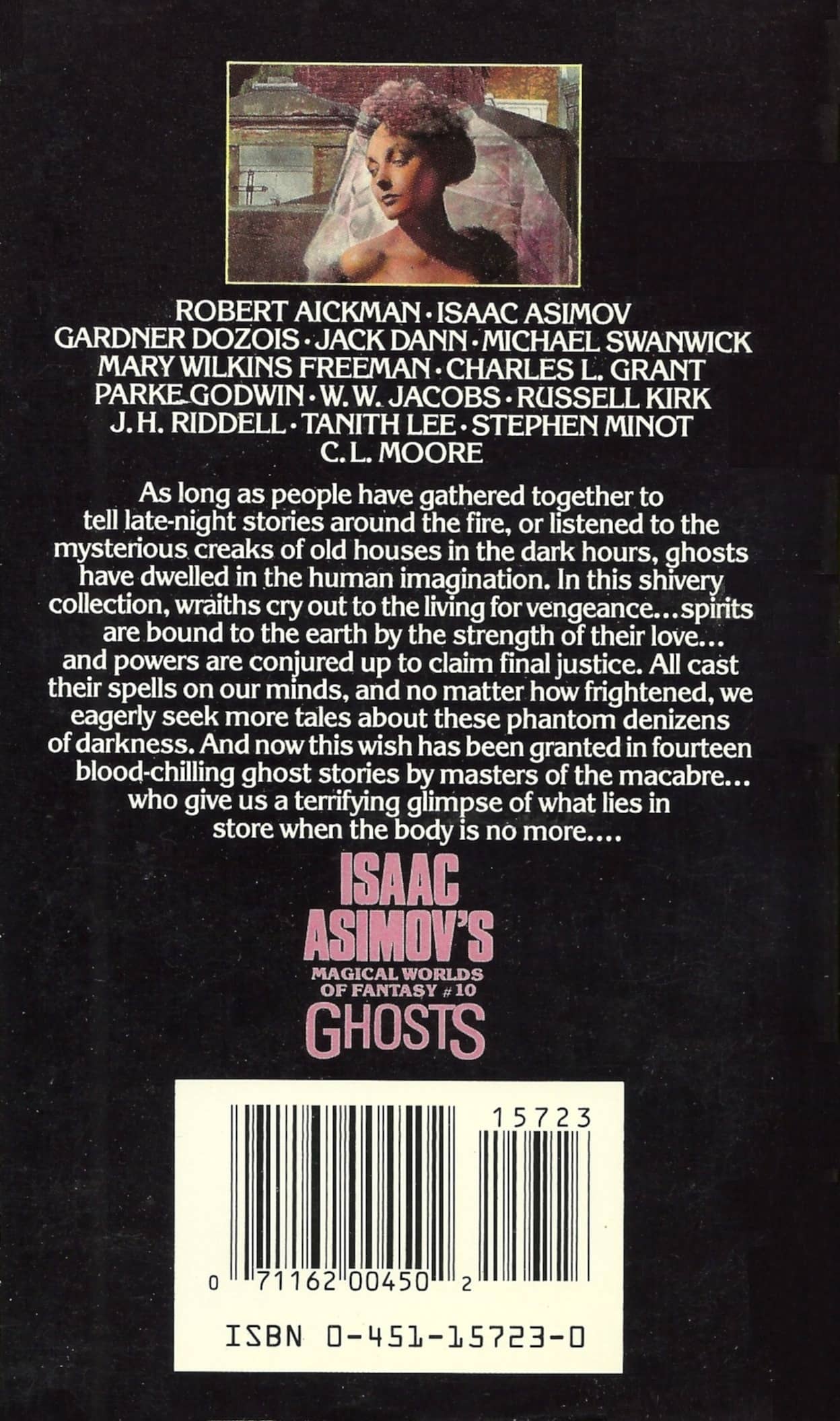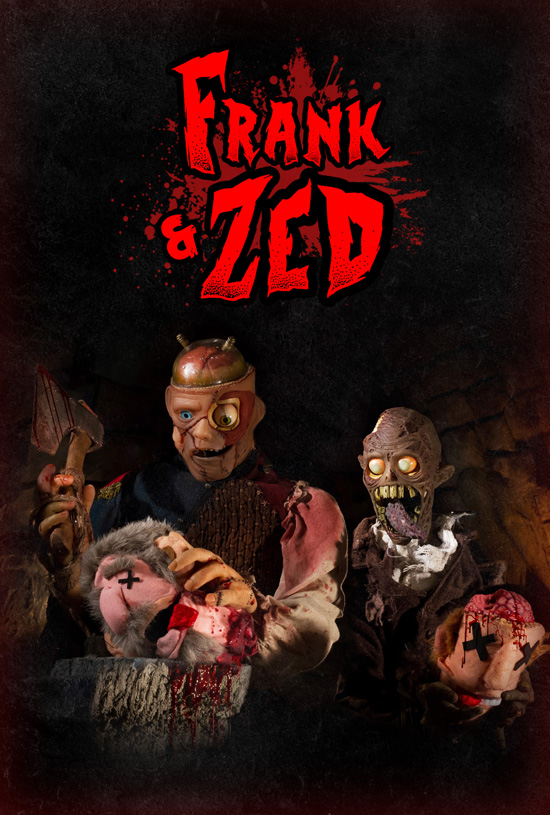The Dark and Puzzling Present: The Medusa Deep, Book 2 of The Midnight Games by David Neil Lee
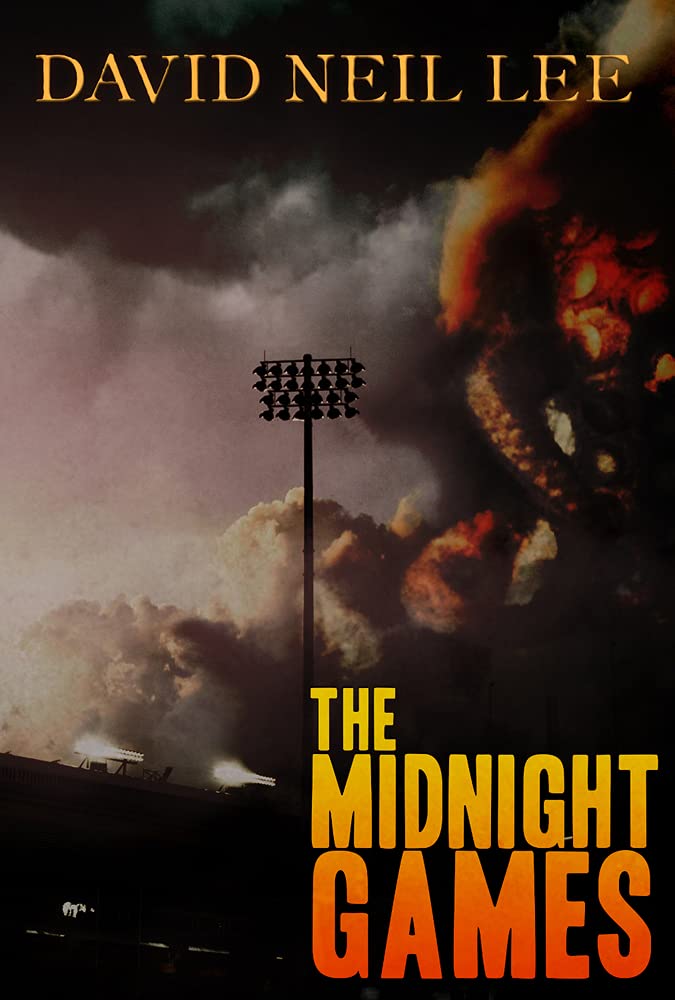 |
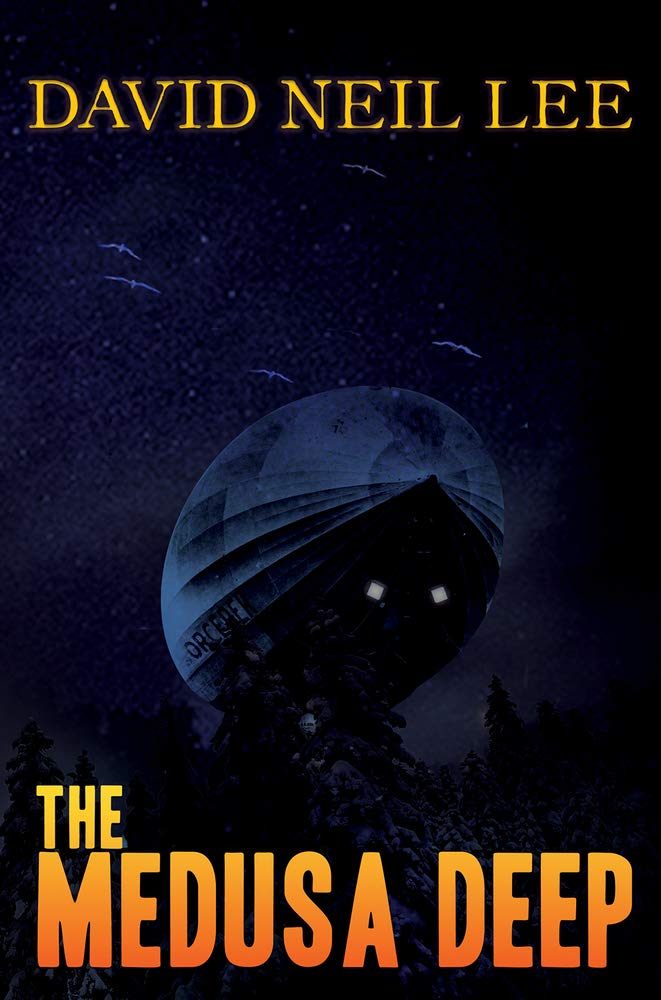 |
The Midnight Games (Wolsak and Wynn, 2016) and its sequel
The Medusa Deep (Poplar Press, 2021). Covers by Rachel Rosen, unknown
In his first guest post for Black Gate way back in 2016, The Midnight Games and Why I Wrote Them, David Neil Lee talked about his debut novel and the sequel he hoped to write some day.
For the past twelve years my family and I have lived a couple of blocks from Ivor Wynne, the local football stadium, and we hear all the noise from the Tiger Cats games. So I began a novel in which my protagonist hears a racket from the stadium at night, which he thinks of as “midnight games.” However, they are not games at all, but the cruel ceremonies of a local cult which is trying to summon to earth the Great Old Ones of the H.P. Lovecraft Cthulhu Mythos; trying with what turns out to be a fair degree of success….
What sort of monsters does the cult summon? — well how about those hideous prickly house centipedes that I scoop out of the bathtub of our old house from spring till fall every year. I don’t kill them, I put them in a jar and throw them in a garden — what if they were some sort of hmm, spawn of Yog-Sothoth, summoned here by the games? What about if one of them thrived in our garden, and grew and grew and grew?
I know what you’re thinking. “Dammit that sounds like fun. Why don’t I do that?” Well, if you’re a Black Gate reader, chances are that you do do that…

